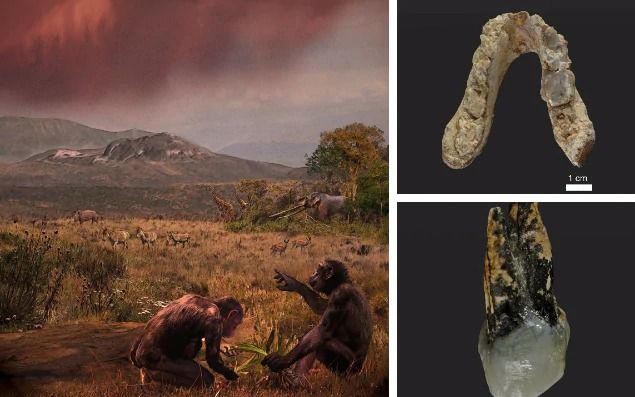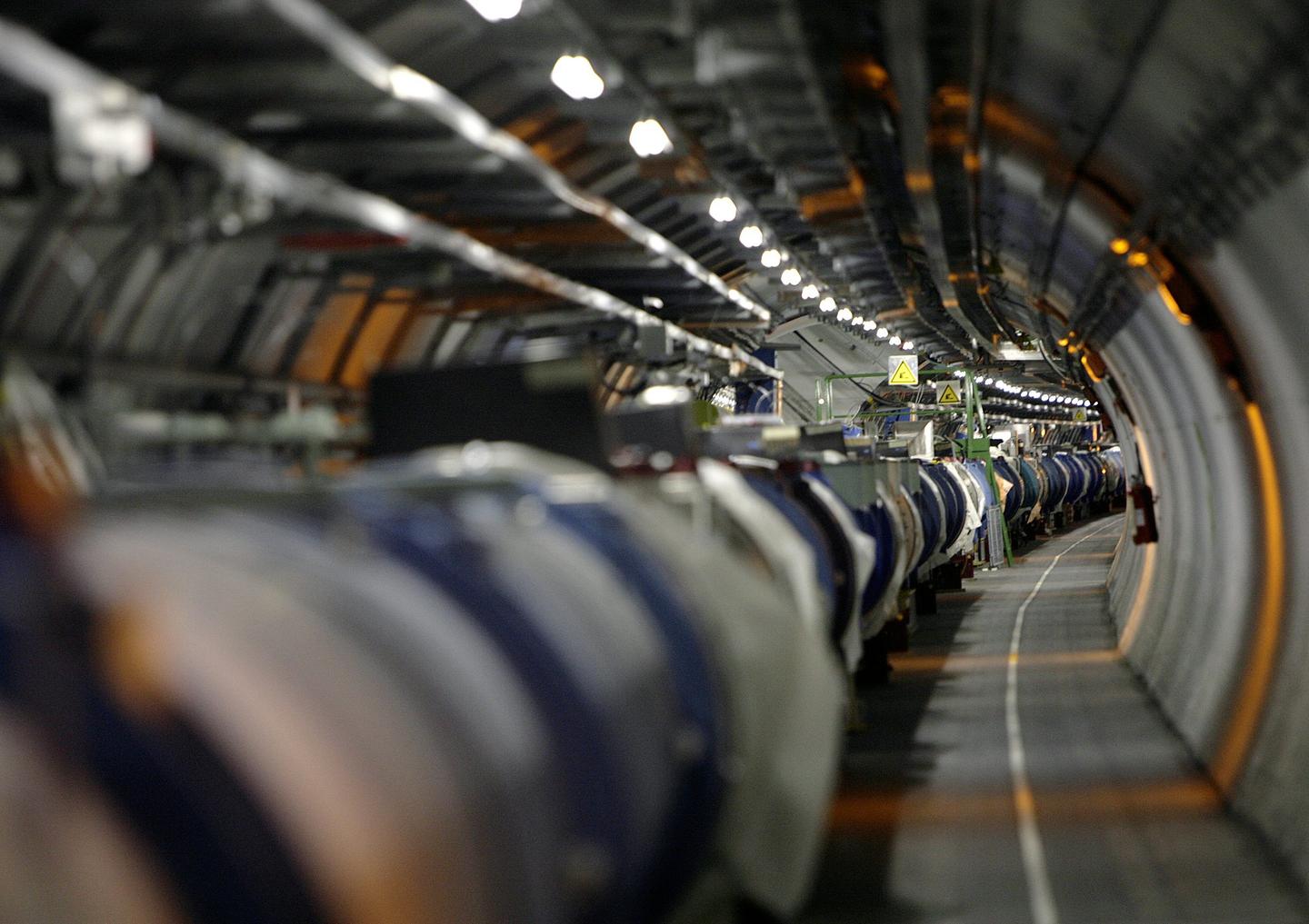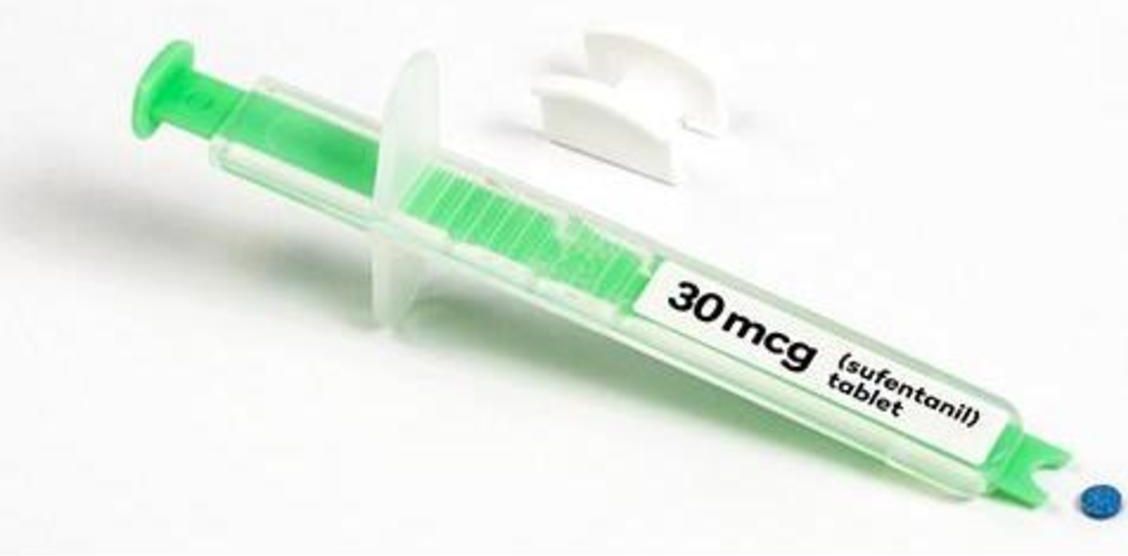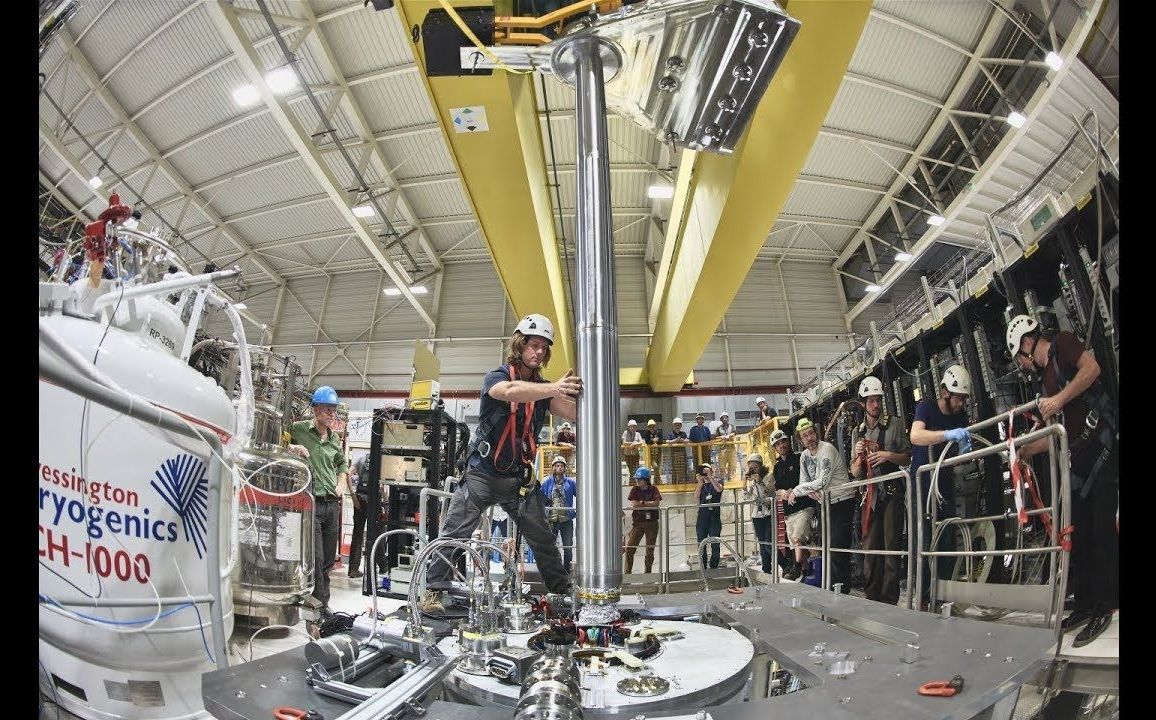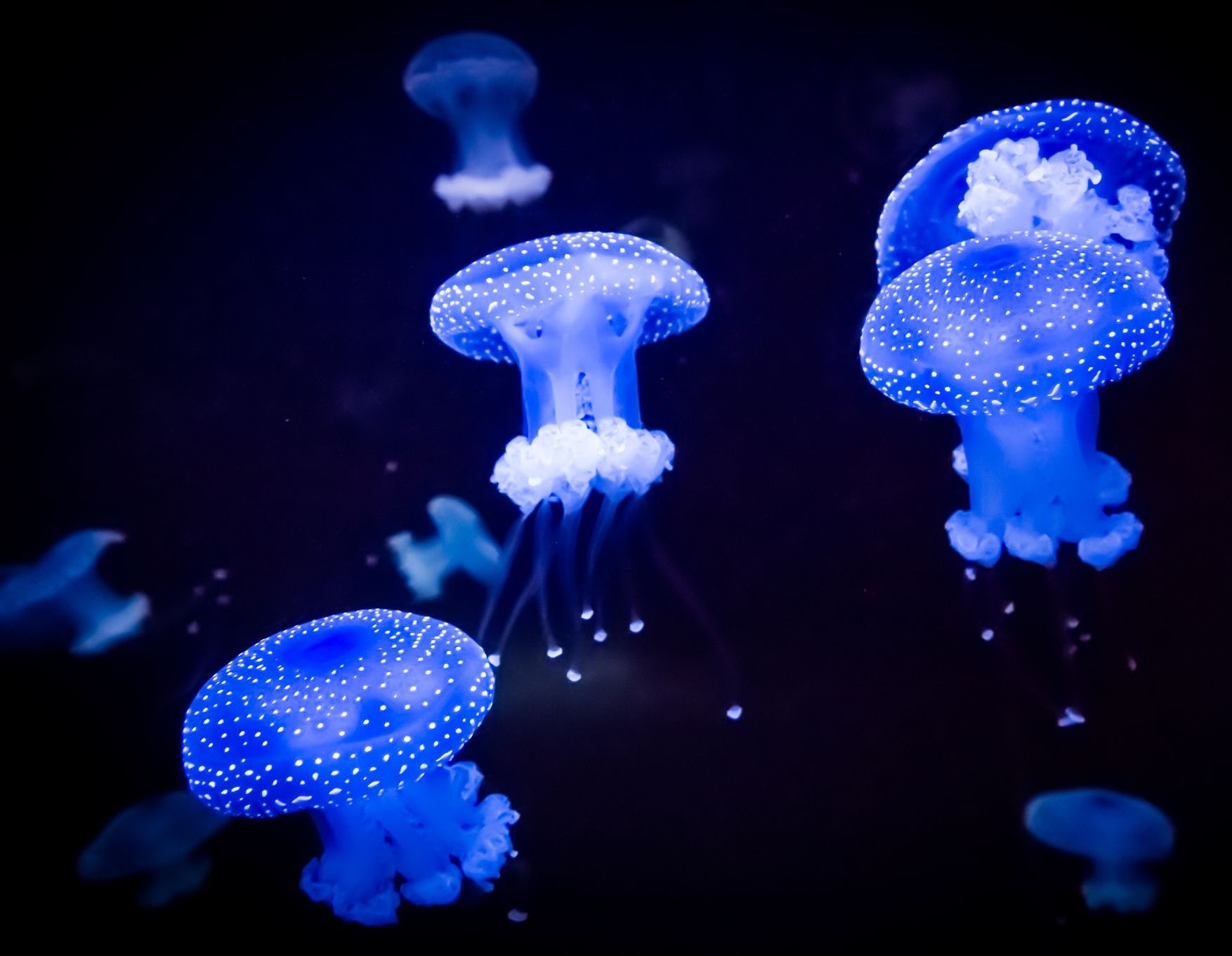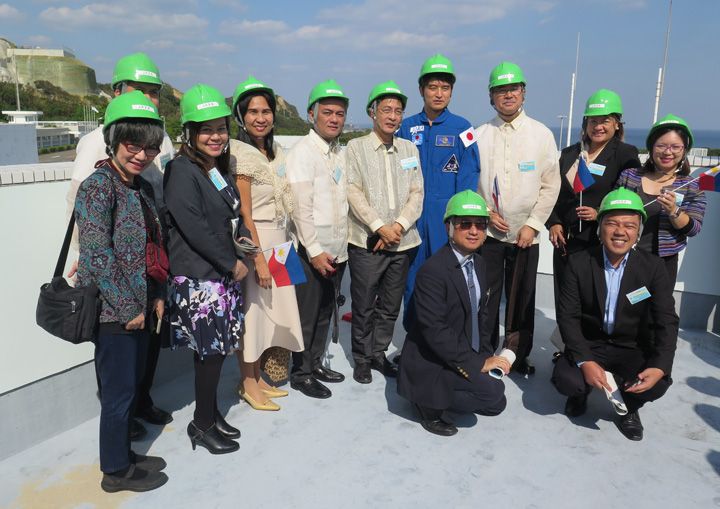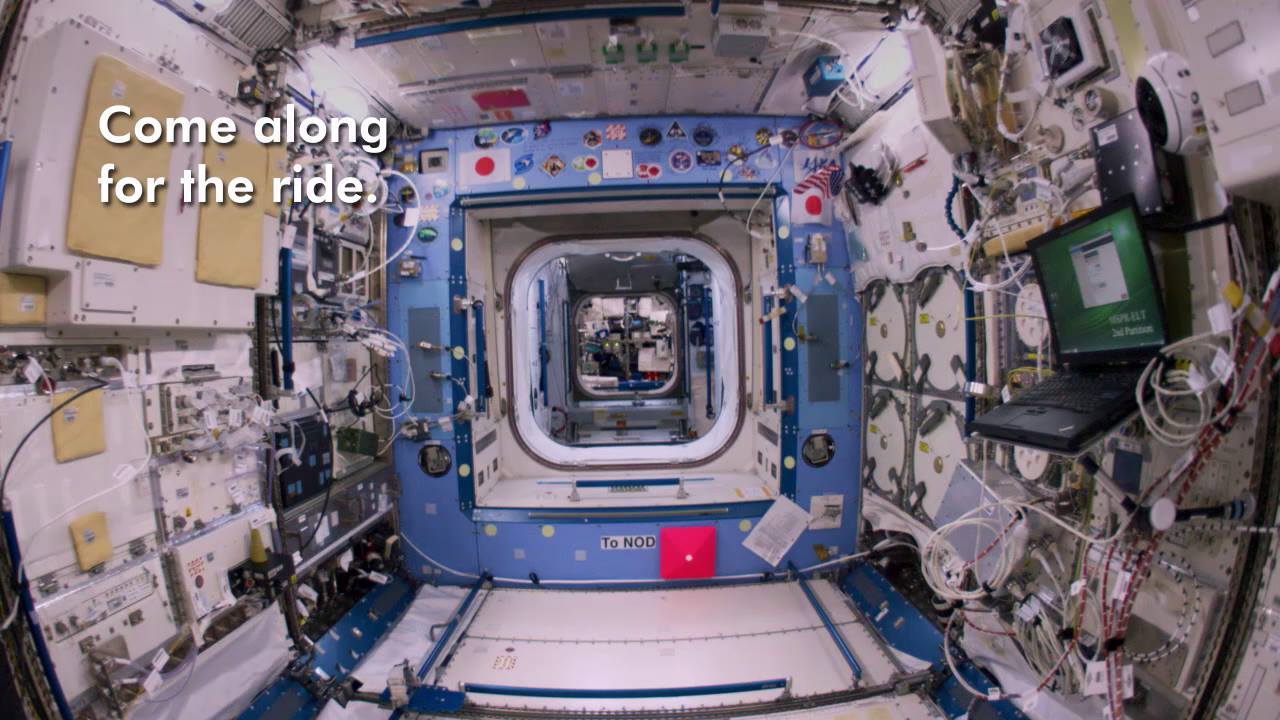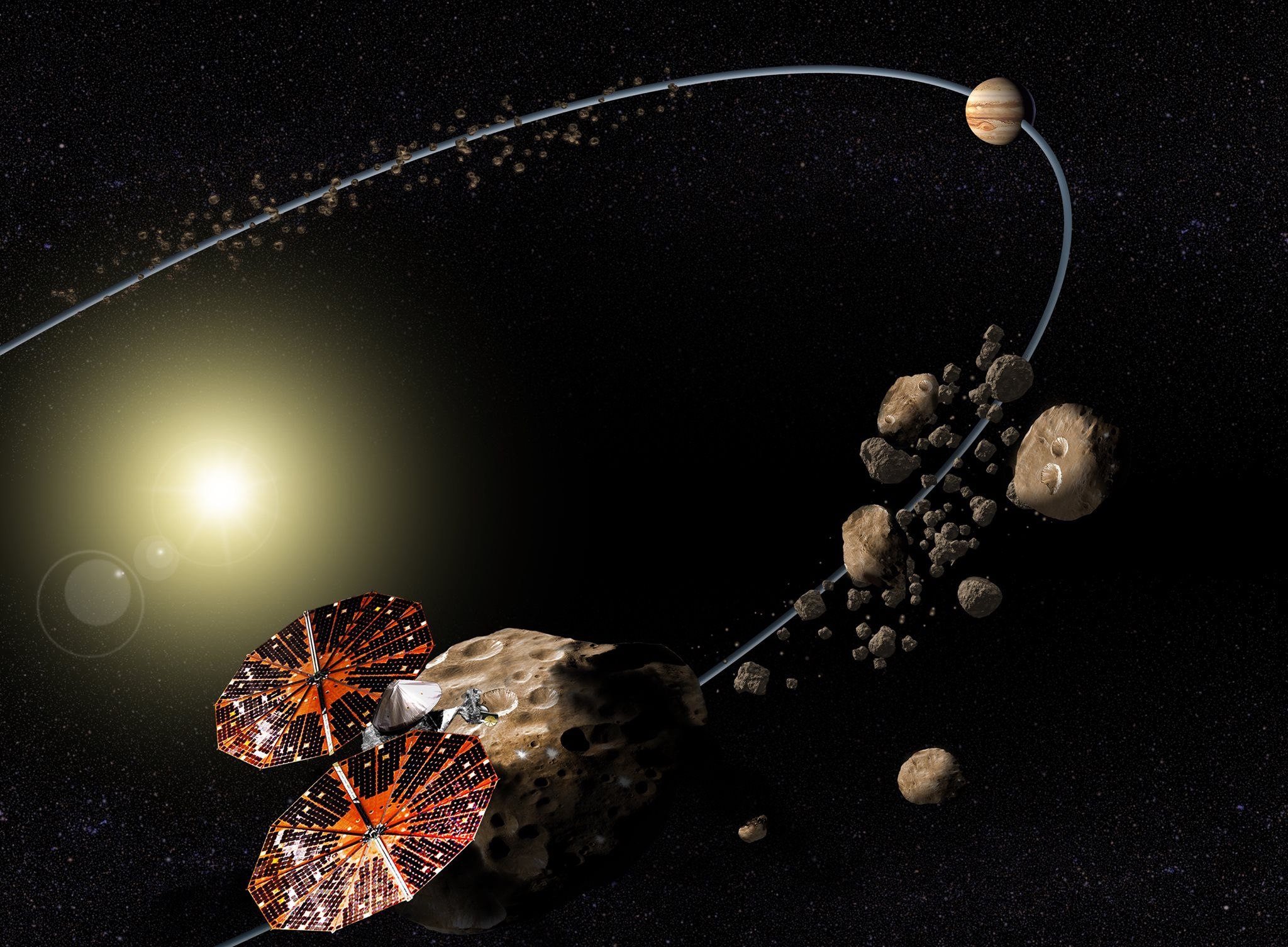Nov 5, 2018
Europe was the birthplace of mankind, not Africa, scientists find
Posted by Mary Jain in category: evolution
The history of human evolution has been rewritten after scientists discovered that Europe was the birthplace of mankind, not Africa.
Currently, most experts believe that our human lineage split from apes around seven million years ago in central Africa, where hominids remained for the next five million years before venturing further afield.
But two fossils of an ape-like creature which had human-like teeth have been found in Bulgaria and Greece, dating to 7.2 million years ago.
Continue reading “Europe was the birthplace of mankind, not Africa, scientists find” »
